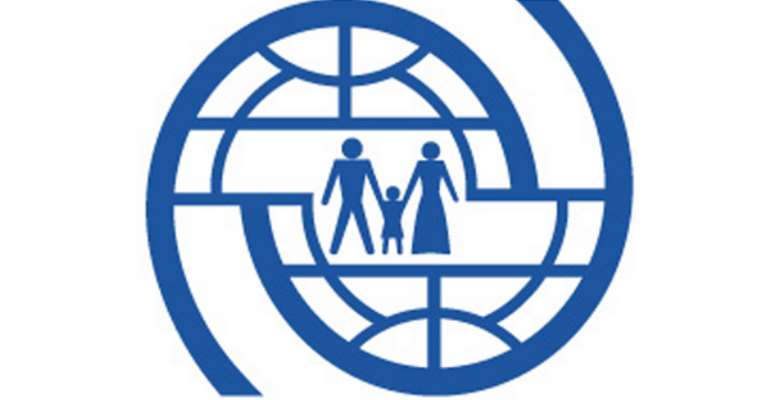IOM Responds to Floods in Mali

GENEVA, Switzerland, September 3, 2013/African Press Organization (APO)/ -- Heavy rains in the Malian capital Bamako last week left a confirmed number of 34 deaths and about 1,539 families affected (approximately 13,851 people) in two of the six communes of the city.
The Government of Mali through the General Directorate of Civil Protection (DGPC) has requested IOM's support to provide immediate assistance to the populations affected.
Under IOM's mandate to provide emergency support to populations displaced by natural disasters, IOM Mali has immediately started operations to support the affected families, in coordination with the DGPC, the National Directorate of Social Development and local authorities.
IOM deployed five rapid assessment teams to register the families displaced due to the emergency and identify their immediate needs, and to identify the number of houses damaged or destroyed.
At least 60% of the houses assessed by IOM are completely destroyed, 15% partially damaged but habitable, and 25% are inhabitable. The number of houses completely destroyed may increase should further heavy rains hit the same areas in the upcoming days.
According to the preliminary results of the assessments, 55% of the affected families are still living on their land to take care of their remaining belongings, 10% have moved to host families, and 35% have relocated to provisional reception centres.
The percentage of internally displaced people (IDPs) in host families may rise as these individuals have been more difficult to track in the aftermath of the emergency. Among the IDPs, the percentage of children is roughly 47%.
The teams found that 88% of latrines in the affected zones were flooded and either damaged or destroyed. In terms of health, stagnant water remains a problem, as it lead to waterborne diseases or allow malarial mosquitos to breed. Cases of acute respiratory infections among the affected communities have also been identified, especially among children.
The government, IOM and other humanitarian partners have started distributing essential non food relief items (NFIs.) But the initial results of the rapid assessment show that there is also an ongoing need for emergency shelter, improved access to water, sanitation and hygiene, protection and health assistance.
